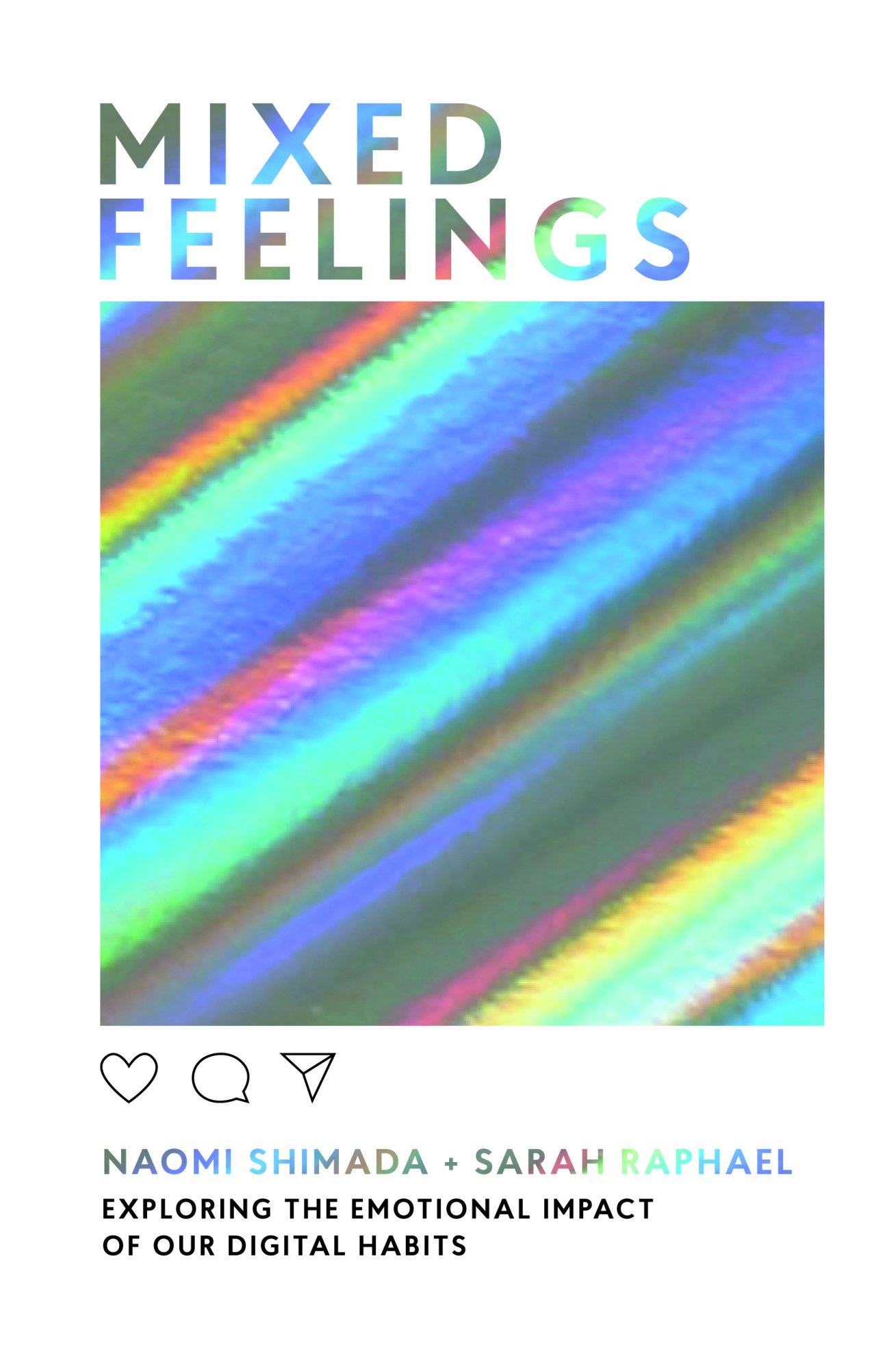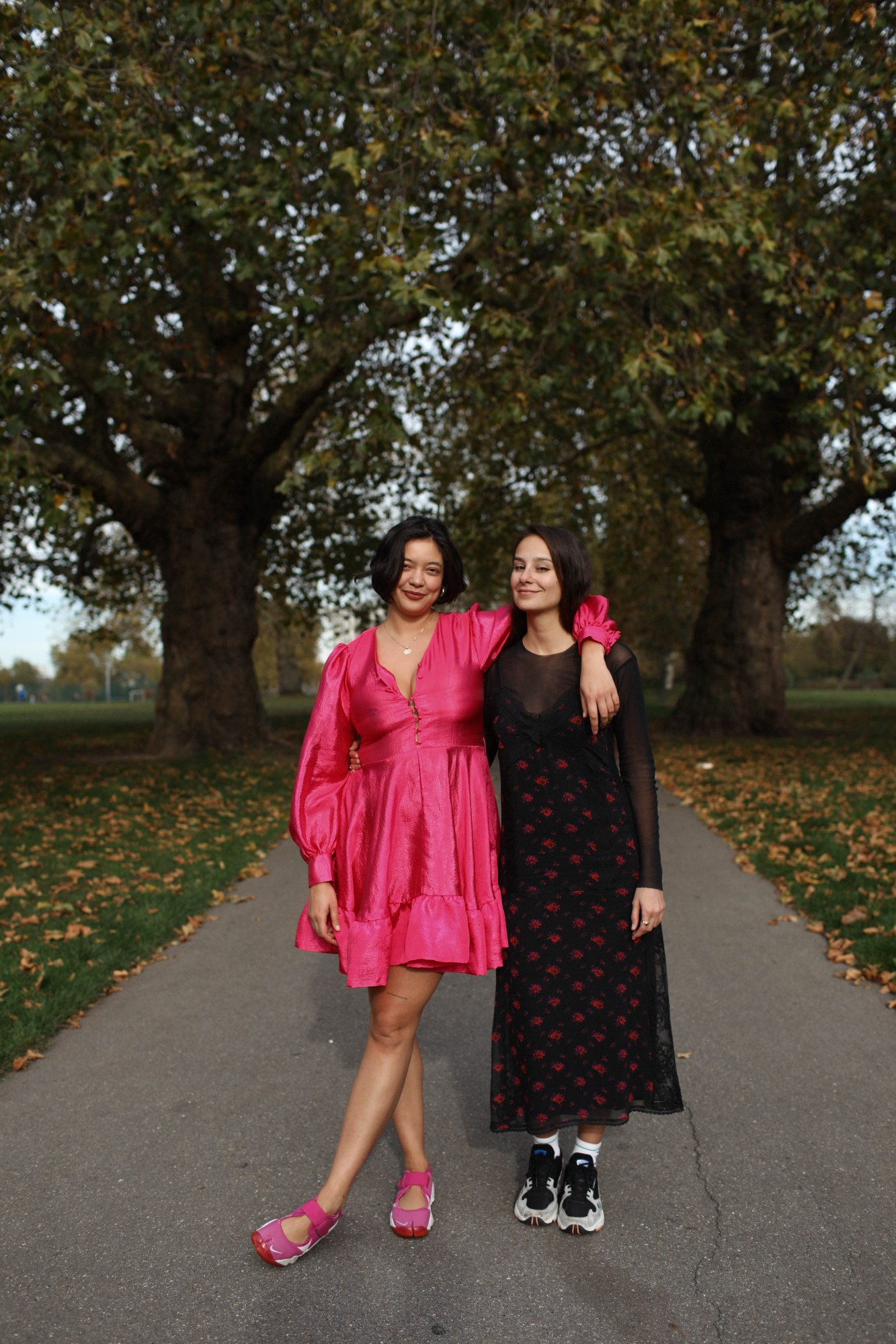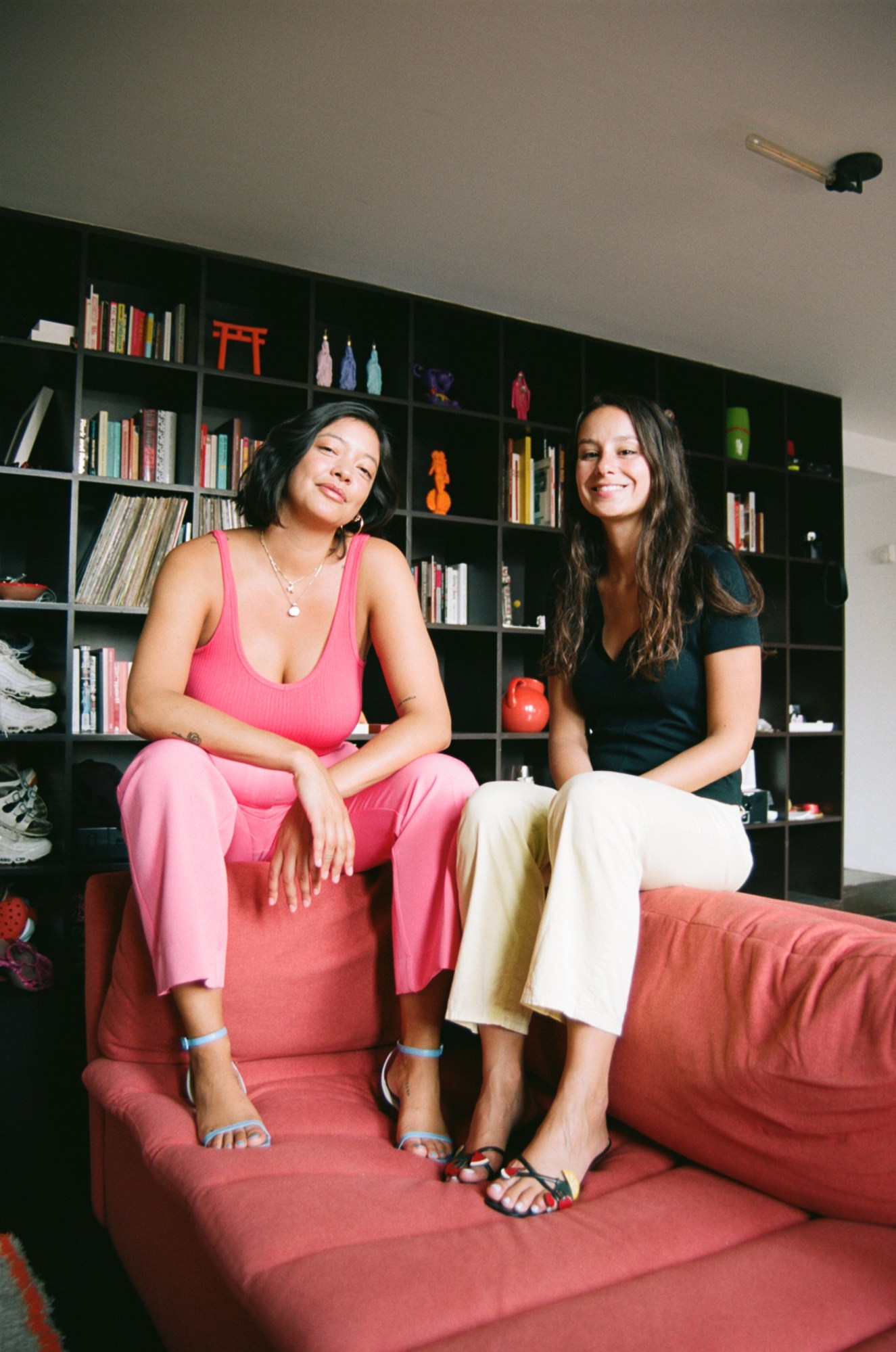Social media has changed our aspirations. It’s changed the way we see ourselves, creating a new layer of perfectionist pressure in every aspect of our lives, but equally enabling us to share resources, opinions, help and information more quickly than ever before. We love it, we hate it, we can’t get off it, we have mixed feelings.
Those mixed feelings and extreme highs and lows are something model and activist Naomi Shimada and fashion journalist Sarah Raphael explore in their new book Mixed Feelings: Exploring Modern Life and the Internet, One Discussion at a Time. With their book they explore what the internet and social media is doing to our minds, bodies and hearts, while celebrating difference at the same time. The book is a bulwark against the onslaught of images of perfectionism and aspiration we are bombarded with on a daily basis; a guide to show that however you’re feeling, you’re not alone.
Read an extract below.

I first started seeing a therapist during a six-month period of insomnia and depression a few years ago when all the little things I didn’t like about myself – which get called ‘imperfections’ – were going round my head on a loop as I walked to work or lay awake in bed. I would stare at other people’s selfies, listing all the ways I didn’t measure up. The obsessive thoughts I was having when scrolling through Instagram started to interrupt me in real life and I became so self-conscious that, when I spoke to people, I’d feel very aware of how my face looked as I was talking. Had they noticed the hair on the side of my face? Did speaking make my lips look thin?
When I shared these thoughts with my therapist, embarrassed about how they sounded out loud, her expression was somewhere between a raised eyebrow and a frown. ‘I understand that’s how you feel about yourself,’ she said, ‘but the person you are describing is not the person sat in front of me.’ I later realised it was the person I saw in the reverse camera on my phone.
It feels passé to be talking about Instagram making people feel insecure in 2019, because we’re all supposed to have gotten over it by now and moved on, into a vinyasa. But I still feel weak under the pressure of digital perfection, which has become the new normal. According to Dr Helen Sharpe, a clinical psychologist and a specialist in adolescent body image, not everybody does get over insecurity. ‘Body image issues are often viewed as a young person’s problem – “a bunch of silly girls who need to get over it” – but the reality is that it carries on, it’s not just a passing phase,’ she told me over the phone. Dr Sharpe recently worked with a group in the US who have collected data on young women from the middle of high school right into their thirties.
‘One of the things that’s really depressing about this data,’ she said, ‘is that if you look at the trajectories of body image difficulties over time, they are incredibly stable. Meaning that if young people are struggling with body image difficulties in their teens, chances are they will still be struggling with them when they’re in their thirties.’ For those still struggling, social media presents several contradictory solutions. On the one hand, it tells us to love our ‘imperfections’. And on the other hand, it gives us the option of editing out all the things we don’t like using filters and apps, while bombarding us with images of beautiful women that get millions of likes and adverts for self-improvement products and fitness plans. Embrace your imperfections! Strive for perfection! Both messages are powerful.

I recently asked a group of eight teenage girls aged 13 to 18, who attend a youth group I volunteer at, to raise their hands if they felt happy with the way they looked. Just two of them did. When I take photos of them as a group, many pout, contorting their faces into what they clearly feel is the most attractive arrangement. Afterwards they huddle together to criticise various aspects of themselves; criticisms which make no sense to me, because they are all beautiful.
As a former fashion editor, I see outstanding beauty in all the things they find fault with. The compliments haven’t made this girl vain, but they have made her feel confident, or at least like she is enough. Official stats on a much bigger scale (a Girlguiding survey of 1,000 girls across the UK) have found that 66 per cent of girls feel they’re ‘not pretty enough’, 61 per cent feel they ‘need to be perfect’ and 37 per cent often compare themselves to celebrities. A third of the group surveyed said that they specifically worry about how they look in photos.
The best of social media in the context of body image is that marginalised groups who were previously shut out of mainstream beauty conversations have a voice. Instagram, YouTube and Snapchat have heralded a vital beauty revolution that celebrates difference. As a consequence of this revolution, big brands are being called out for misrepresentation in their ad campaigns and, slowly, diversity is moving up the agenda. That’s the best of it. But there is also a worst of it. And the middle of it is that we’re scrutinising ourselves in a way that’s never happened before.
I started taking selfies the same time everyone else did, when selfie culture was exploding in 2014. Looking at the images didn’t just confirm the things I already knew I didn’t like about myself, they actually inspired new insecurities. In The Whole Woman, Germaine Greer writes: “Every woman knows that, regardless of all her other achievements, she is a failure if she is not beautiful. She also knows that whatever beauty she has is leaving her, stealthily, day by day. Even if she is as freakishly beautiful as the supermodels whose images she sees replicated all around her until they are more familiar than the features of her own mother, she cannot be beautiful enough.”
Feminism has come a long way since Greer published that, in 1999, and with each passing year we’re seeing more movements challenging patriarchal systems and the expectations they place upon women. But the pressure on women to be beautiful is more suffocating than ever on social media. Yes, there are now more individuals defying Greer’s theory online, such as the body-positive activists who post photos of their bodies as they are and their body hair as it is. And that’s powerful, it’s helped, but there’s still a majority ‘liking’ those inspirational pictures, thinking ‘yay’ for women, and then privately dissecting their own body parts according to a totally different set of rules: bum not round enough, lips not pouty enough, face not pretty enough.


